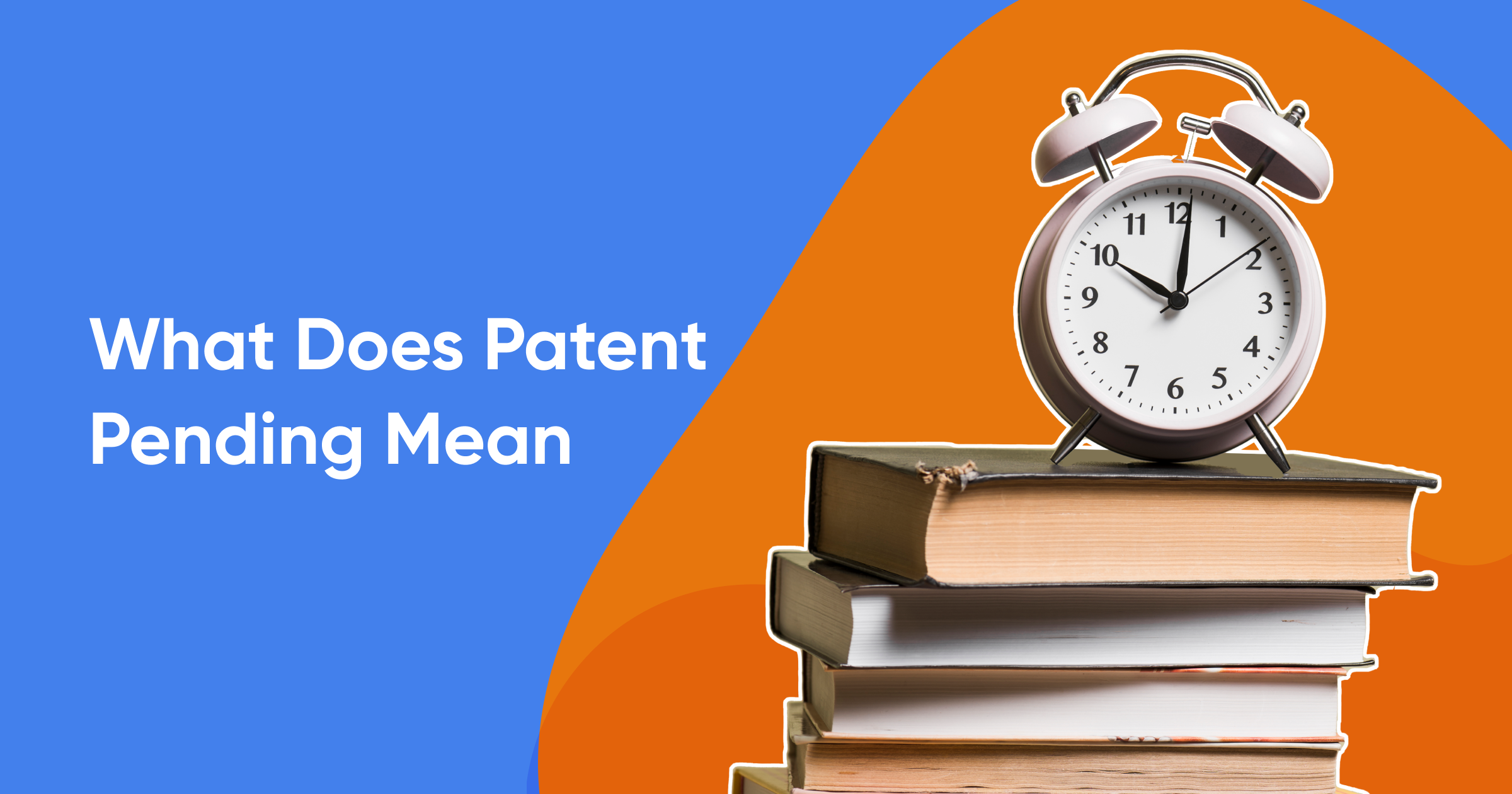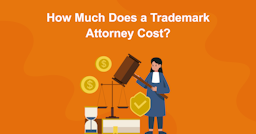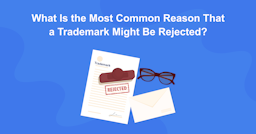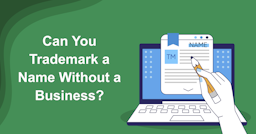Resources
What Does Patent Pending Mean
Joshua Julien Brouard
19 October 2023 • 3 min read

If you're looking to register your patent, it's crucial that you understand all of the terminology, including frequent phrases such as patent pending.
In this article, I'll be exploring what patent pending means and taking you through how you can get this preliminary protection for your invention.
In the journey of turning an invention into a patented product, the term "patent pending" often surfaces, but it's essential to understand its limitations clearly.
Misinterpretations of this status can lead to misguided expectations and strategies.
A fundamental misunderstanding is assuming that the label "patent pending" equates to a form of legal protection or patent rights.
This is not the case.
The designation simply indicates that you have submitted a patent application to the United States Patent and Trademark Office (USPTO).
While this is an essential step in the patent process, it does not provide any legal enforcement capability against potential infringers.
This distinction is crucial for inventors to understand as they navigate the marketplace and protect their ideas.
Another critical aspect to comprehend is that having your invention in a patent pending state doesn't imply imminent patent approval.
The phrase indicates that your application is under USPTO's consideration, but it doesn't prejudge the outcome.
The patent examination process is thorough and includes an assessment of factors such as:
Thus, while patent pending status is a necessary step in the patenting journey, it doesn't assure that the patent will ultimately be granted.
The statement that an invention is patent pending serves as a public notification that the inventor has initiated the official patent review process.
This is a period during which the USPTO is examining the patent application. This process can be lengthy and involves various stages of scrutiny, including a detailed examination of prior art and an evaluation of the invention's uniqueness and inventiveness.
The absence of immediate legal protection during the patent pending phase necessitates a cautious approach by inventors.
It's essential to be mindful of how the invention is disclosed and marketed during this time.
While the patent pending status can be an essential tool in deterring potential infringers by indicating that a patent may soon be issued:
It's not a substitute for the actual legal protections a granted patent offers.
So, if your patent hasn't been granted but is merely pending, what benefit does patent pending offer you?
Well, consider this hypothetical scenario:
You've devised an idea for a unique, never-before-used design for a lava lamp. You decide to sell your lamps online, but not before registering for a patent. This gives you the right to say that your lava lamps are patent pending.
So, while you don't have official patent protection, should someone use your design, you can issue a cease and desist letter.
And should your patent be approved by the Patent Office, the infringer will be liable for patent infringement and backdated monetary damages.
Spencer Keller, one of our Patent Attorneys, had this to say:
“The patent process can take a good chunk of time to complete, but once a patent application is filed, the inventor may market their product as "patent pending." Most of us have either heard that phrase in a TV commercial or seen it physically listed on a product, but the rights associated with "patent pending" status go beyond marketing value.
Before 1999, "patent pending" had very little value, but after the passage of The American Inventors Protection Act of 1999, things changed significantly. Now, inventors can sue for infringement during the patent pending period (e.g. before the patent is granted), but they must market their item as "patent pending" and they must wait until the patent is granted to file a lawsuit.
For example, say I file a patent application for a new pen and begin selling this pen with "patent pending" labeled on it.
If my application takes two years to be granted and a competitor is making an exact copy of my pen during that two-year period, then I could sue that competitor for damages during that two-year patent pending period, but I can only initiate this lawsuit after the patent for the pen has been granted.”
Pretty convenient, isn't it? Patent pending lets you bring your invention to the public before patent approval while potentially mitigating the risk of doing so.
That's neat! And are there any other benefits?
The concept of a priority date is a fundamental aspect of patent law, playing a pivotal role when multiple individuals or entities vie to patent similar inventions.
When your invention is designated as patent-pending, it's not just a status update — it's a strategic move to establish your place in the patent queue.
So, what exactly does "priority date" mean?
In the realm of patents, the priority date is when your patent application is first filed.
It acts as a marker, establishing when your claim to the invention was officially recorded.
This date becomes critically important in determining the novelty and originality of your invention, especially in cases where similar inventions are being developed independently by different parties.
If another inventor files a patent application for an invention similar to yours after your filing date, your application has a crucial advantage.
The priority date you've established with your initial filing acts as a timestamp, proving that you were the first to consider this specific invention.
In the world of patent law, being first is often synonymous with being the rightful inventor.
This system rewards those who promptly and diligently seek patent protection for their inventions.
By filing your application early, you stake your claim and secure your rights to the invention, even before the patent is officially granted.
Knowing the different terminologies used to indicate that a patent application has been filed is essential.
"Patent pending" is a common term, but it can appear in various forms such as "patent applied for," "Pat. Pending," or "Pat. Pend."
Despite the different phrasings, each indicates that an application has been filed and a priority date has been established.
These terms serve as a public declaration that an inventor has initiated the patent process.
Learn more: read our "Patent Filing 101" guide to learn more about the patent process.
Yes, there are several reasons why patent pending is important:
To get your invention patented and get use of the phrase "patent pending", you'll have to complete a patent application with the USPTO.
It's advised to seek the expertise of a patent attorney who can guide you through the process of getting your invention patented.
Ready to get the process started? File for a patent today at Trademarkia, Patent Express.
Yes, having a patent pending attached to your invention means that your patent is pending comprehensive legal protection. Having the patent pending notice also deters competitors from attempting to patent a similar invention, as yours has a priority filing.
Patent pendency granted through a provisional patent application is valid for 12 months. However, you may retain that status for a few years on regular applications, depending on the type of patent filed.
Yes, you can sell a product that is patent pending. The status doesn;t restrict your ability to use your invention in commerce but merely acts as a deterrent for opportunistic competitors.
Patent pending status doesn't prevent others from stealing your ideas. But if they steal your idea, you send a cease and desist letter, and they can continue to use your invention — and your patent is granted, they could be in for substantial legal expenses.
AUTHOR
Joshua J. Brouard has a diverse background. He has studied bachelor of commerce with a major in law, completed SEO and digital marketing certifications, and has years of experience in content marketing. Skilled in a wide range of topics, he's a versatile and knowledgeable writer.
Related Blogs

How Much Does a Trademark Attorney Cost?...
07 May 2024 • 6 min read

Is Filing a Trademark Hard? (+ How to Ma...
03 May 2024 • 7 min read

What Is the Most Common Reason That a Tr...
03 May 2024 • 6 min read

Can You Trademark a Name Without a Busin...
03 May 2024 • 7 min read

Is a Trademark Worth It for a Small Busi...
30 April 2024 • 7 min read